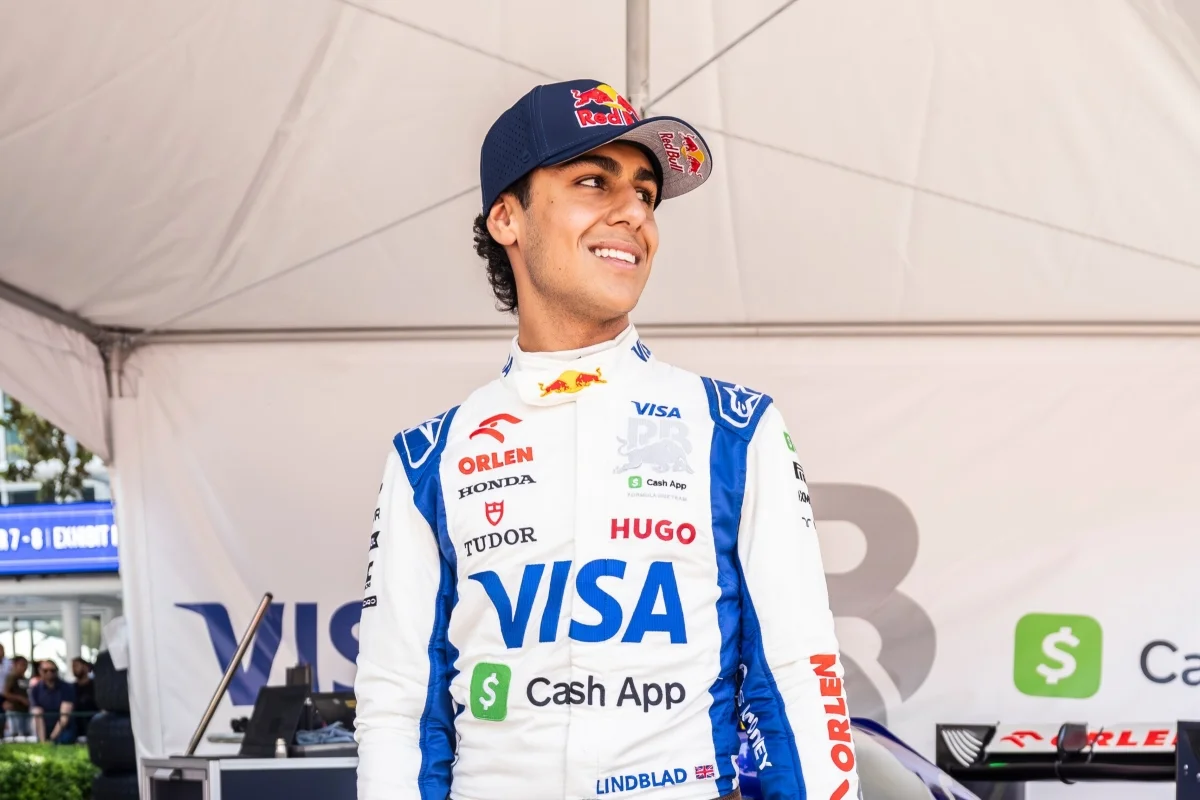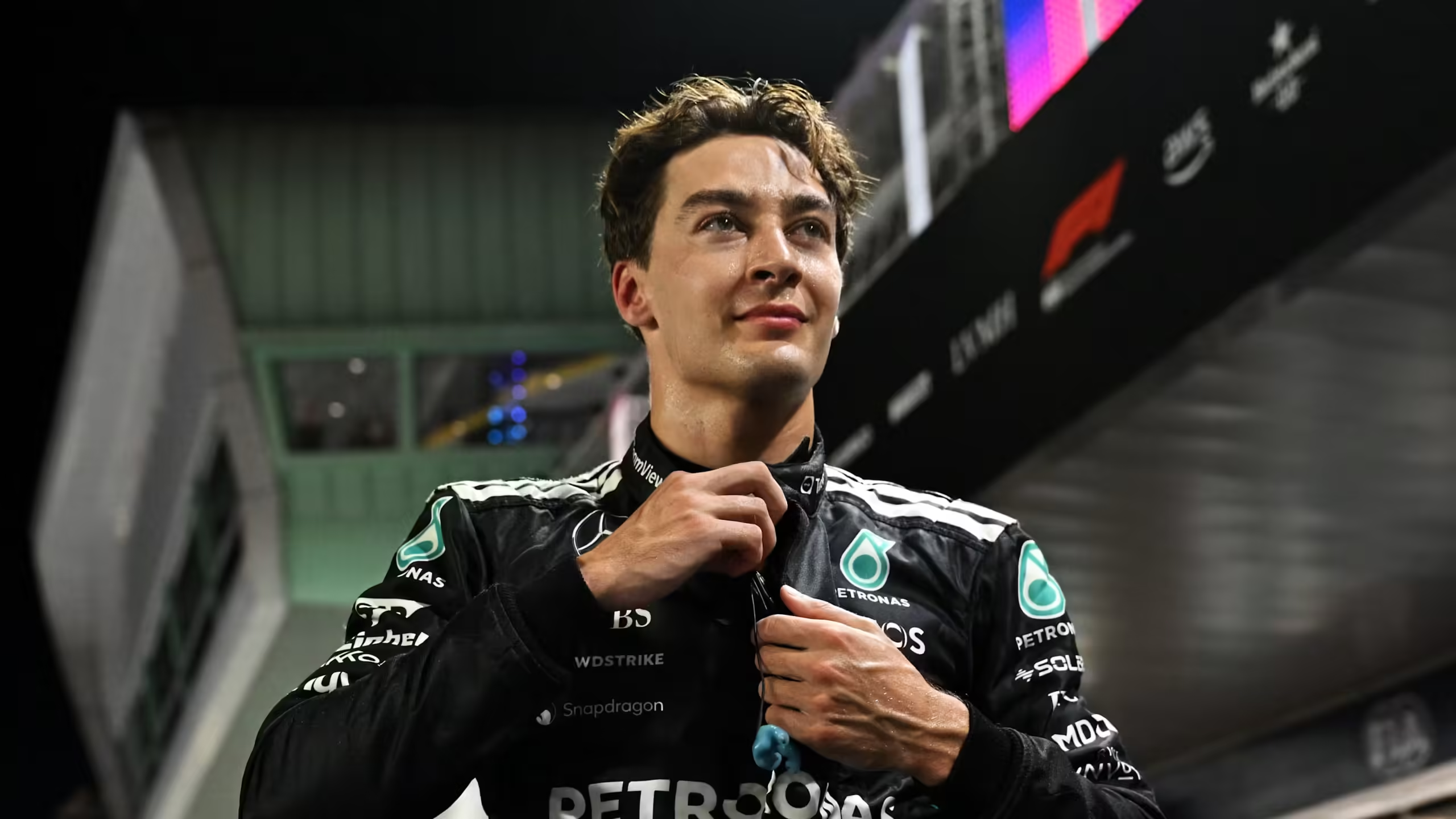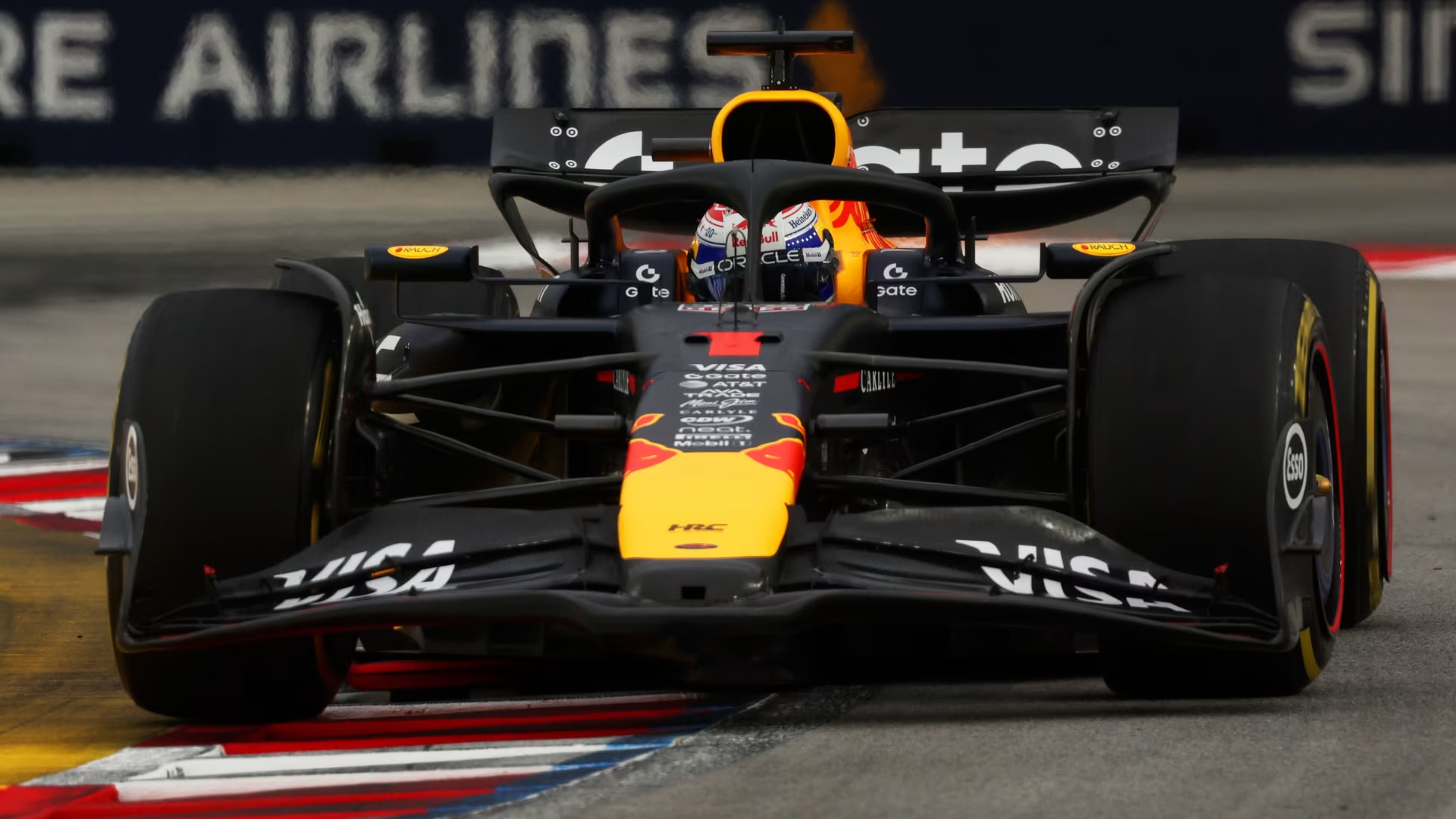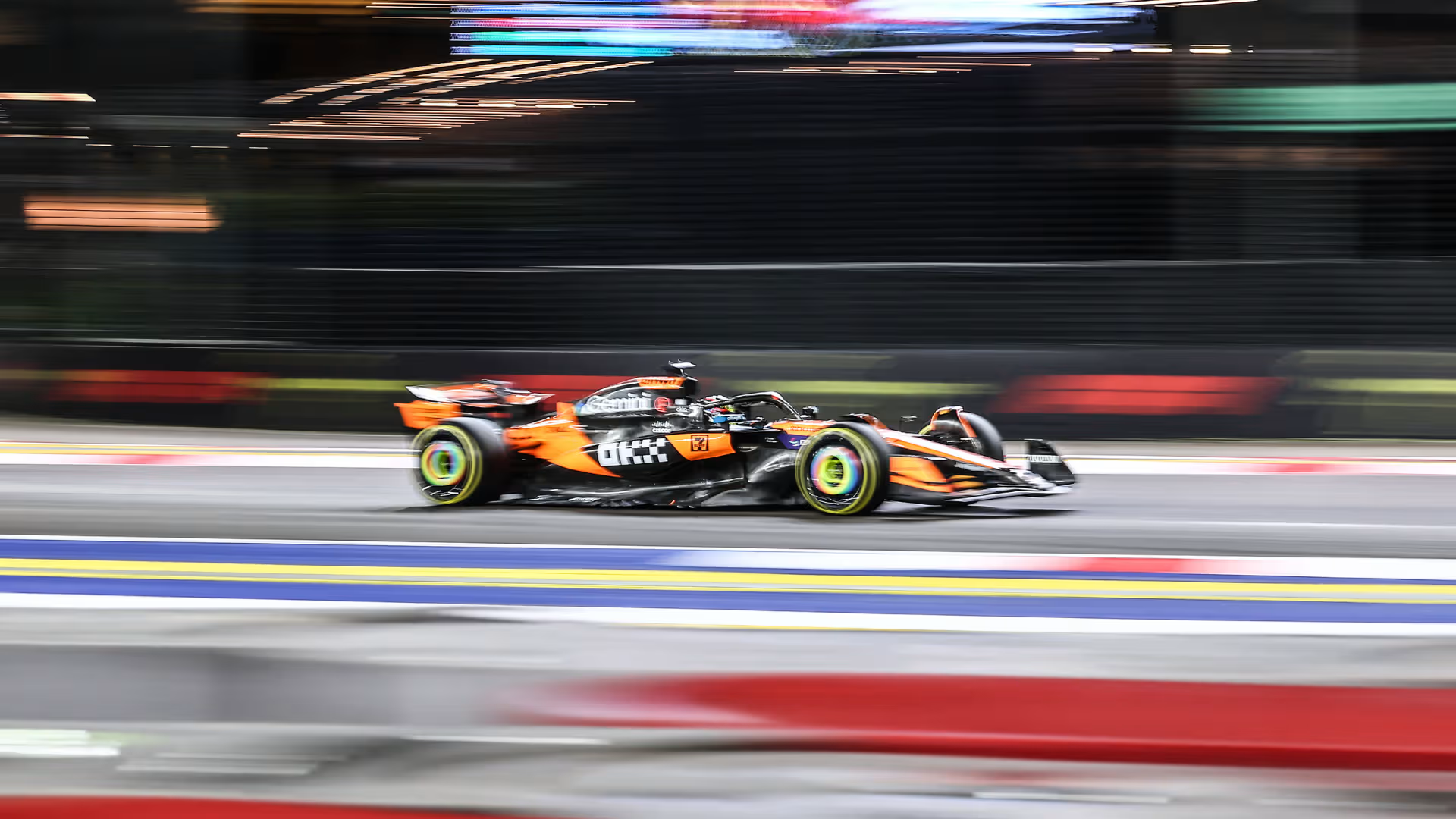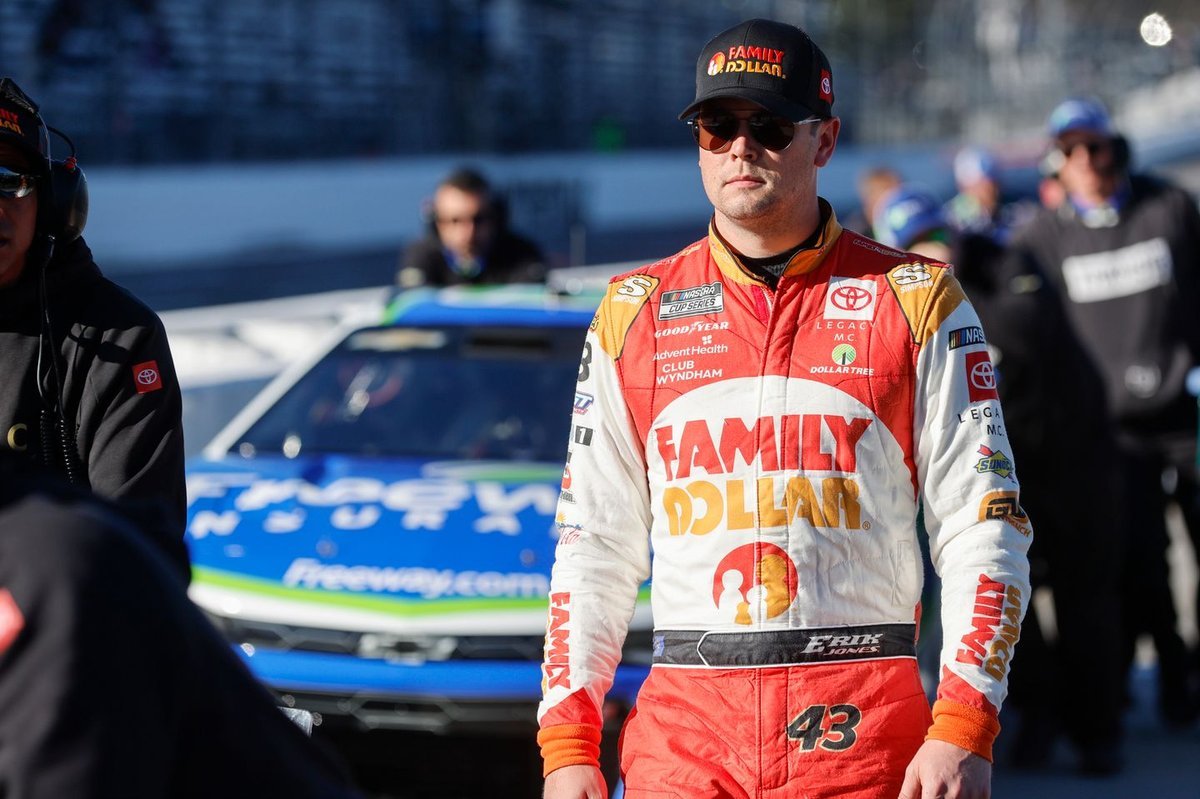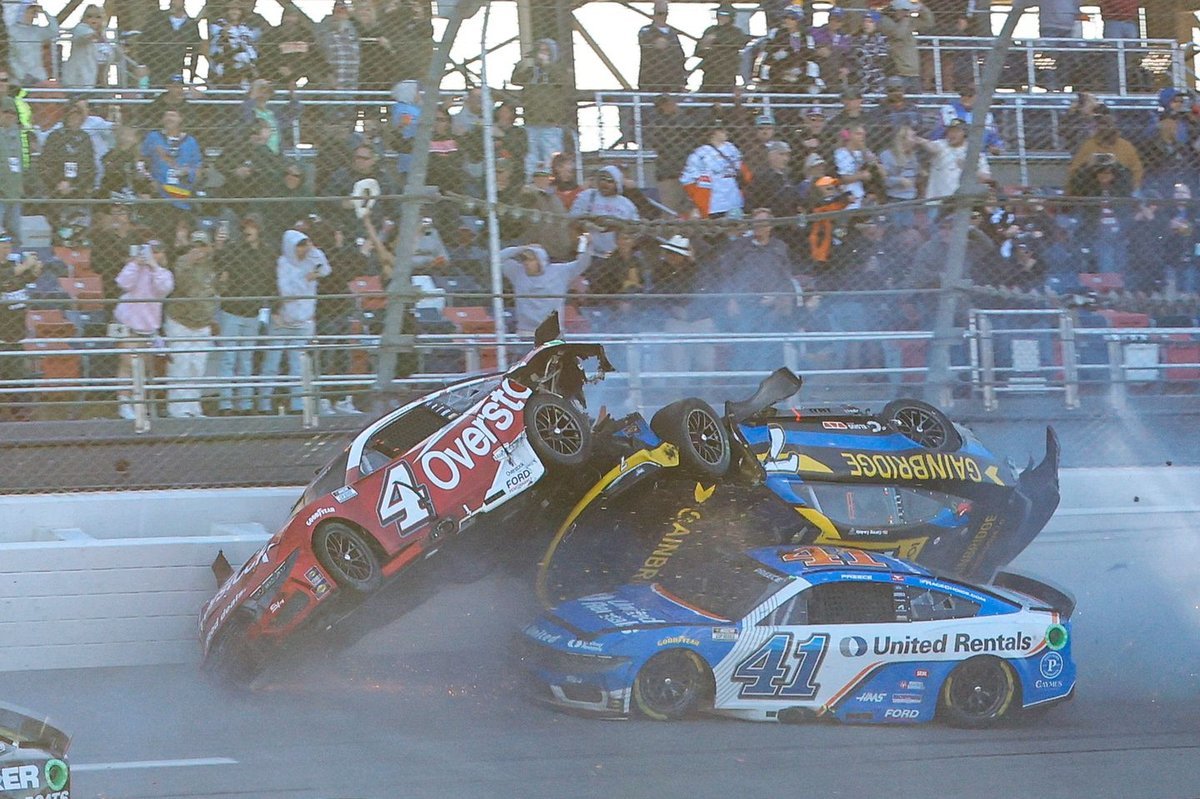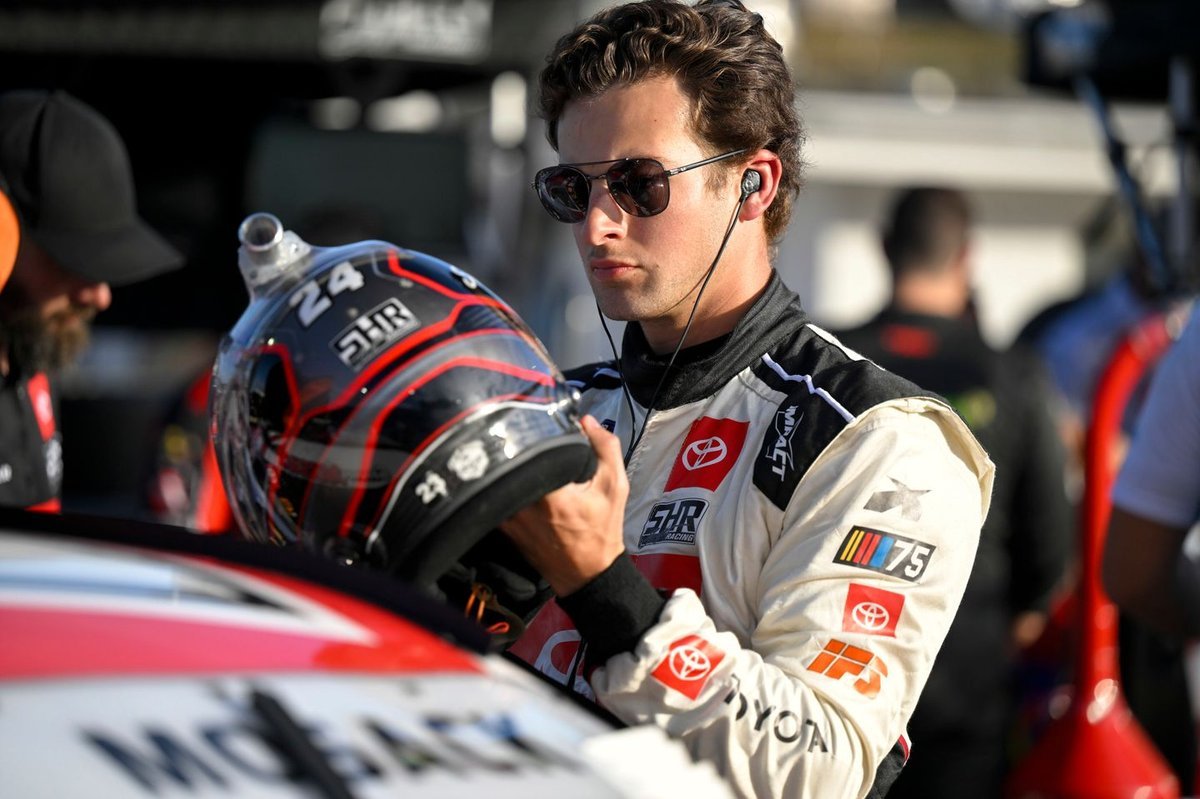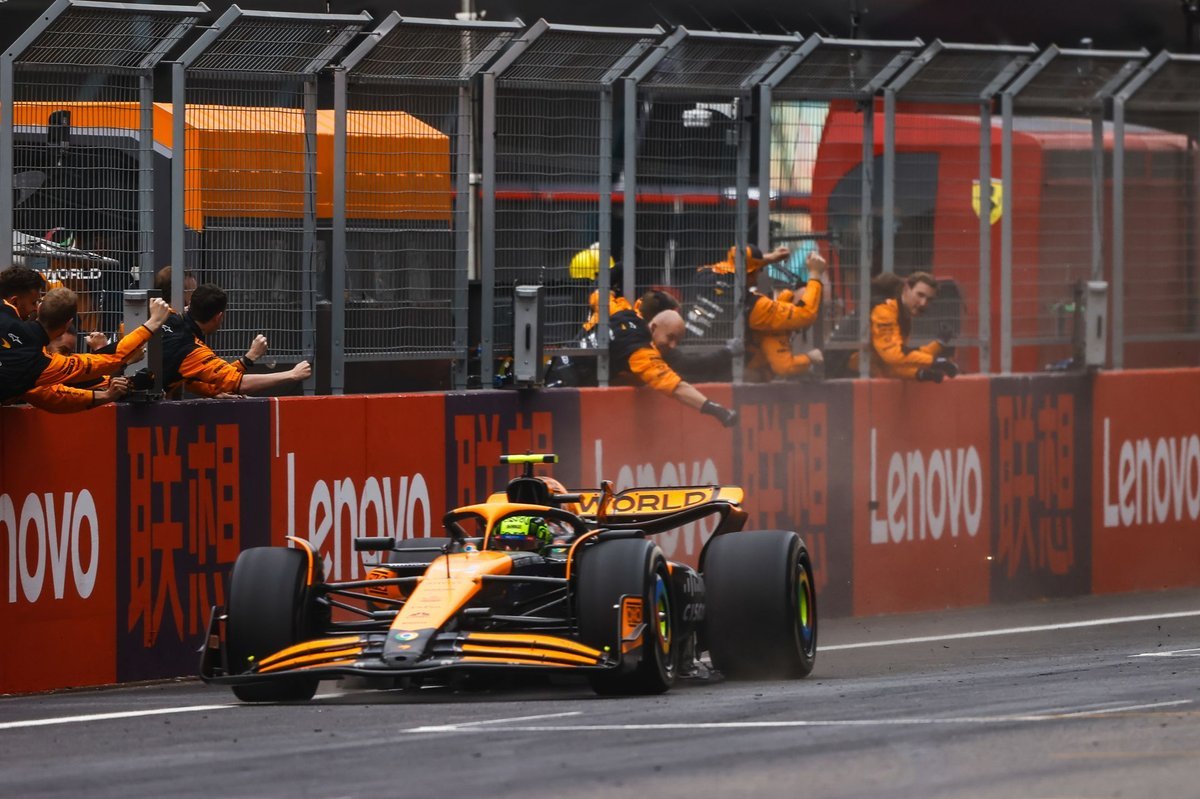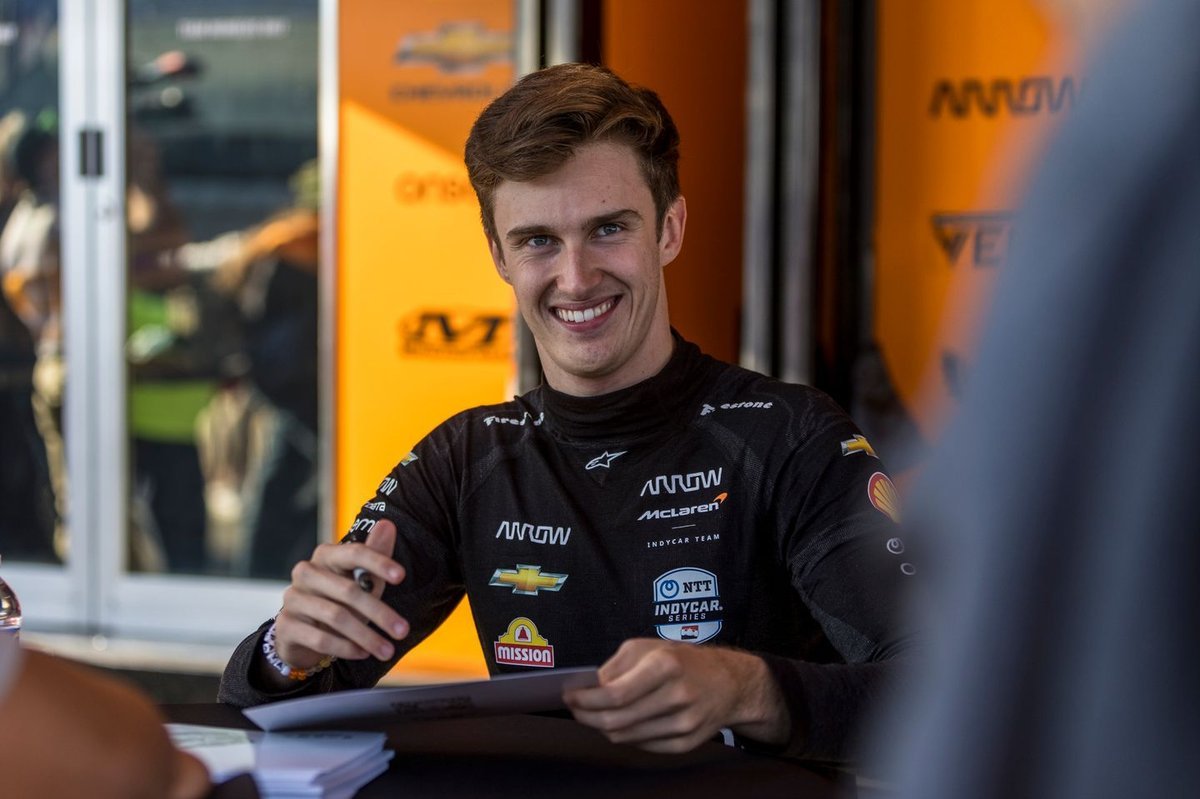
Meta Description:
Rally de Portugal 2025 presents the first gravel challenge for FIA Rally Star drivers in WRC2 and Junior WRC, including Romet Jürgenson and Taylor Gill.
The Rally de Portugal, running from May 15 to 18, 2025, isn’t just another race on the World Rally Championship calendar—it’s a true test of resilience, speed, and adaptability. For three talented FIA Rally Star crews—Romet Jürgenson, Taylor Gill, and Max Smart—this event marks a major milestone in their young careers.
As the first gravel rally of the season, Portugal is where dirt meets destiny. The roads are brutal, the competition is fierce, and the learning curve is steep. But for these rising stars, it’s all about proving they belong with the world’s best.
Let’s dive into what makes Rally de Portugal so iconic and how this gravel battleground will shape the future of these emerging rally talents.
Table of Contents
| Sr# | Headings |
|---|---|
| 1 | Introduction to Rally de Portugal |
| 2 | Why Gravel is the Ultimate Equalizer |
| 3 | The Return of Romet Jürgenson to His Comfort Zone |
| 4 | WRC2: The Deep End of the Rally Pool |
| 5 | From Snow to Stones: Jürgenson’s Road to Portugal |
| 6 | Taylor Gill’s Portuguese Adventure |
| 7 | Max Smart: A Rising Star with Something to Prove |
| 8 | Junior WRC: The Launchpad of Legends |
| 9 | What Makes Rally de Portugal a Fan Favorite |
| 10 | The Brutal Beauty of the Stages |
| 11 | Strategy Over Speed: Navigating the Ruts and Rocks |
| 12 | The Role of Co-drivers: Silent Heroes of Rally |
| 13 | Lessons Learned: How Every Stage Builds Character |
| 14 | A Glimpse Into the Future of Rallying |
| 15 | Final Thoughts: Grit, Growth, and Gravel Glory |
1. Introduction to Rally de Portugal
Since 1973, Rally de Portugal has earned a reputation as one of the most demanding and thrilling events in the WRC calendar. The 2025 edition promises nothing less, with 24 adrenaline-fueled stages covering over 344 km of punishing gravel. Drivers love it, fans adore it, and for newcomers, it’s a rite of passage.
2. Why Gravel is the Ultimate Equalizer
Unlike tarmac or snow, gravel rallies don’t favor fancy setups or aggressive driving alone. They demand finesse, control, and above all, the ability to adapt to an ever-changing surface. Think of it like surfing—one minute you’re cruising, the next you’re wiping out. The road constantly evolves, and only the most intuitive drivers thrive.
3. The Return of Romet Jürgenson to His Comfort Zone
Estonian driver Romet Jürgenson, partnered with Siim Oja, is no stranger to gravel. After winning the Junior WRC title and testing himself on snow in Sweden and tarmac in the Canary Islands, Portugal brings him back to his natural habitat. Gravel is his playground—and it shows.
4. WRC2: The Deep End of the Rally Pool
WRC2 isn’t for the faint-hearted. With over 45 entries in 2025, the competition is intense. It’s where future champions sharpen their swords. Jürgenson will need to build pace carefully, avoid mistakes, and show that he can handle Rally2 machinery under the harshest conditions.
5. From Snow to Stones: Jürgenson’s Road to Portugal
Earlier this season, Romet started in snowy Sweden and then went to Rally Islas Canarias—a mixed bag of challenges. Despite a bumpy start, he found consistency and confidence. Now, with valuable lessons and more stage time, he’s ready to turn experience into execution on Portugal’s gravel.
6. Taylor Gill’s Portuguese Adventure
Australian driver Taylor Gill, alongside co-driver Dan Brkic, enters his second Junior WRC event with growing confidence. Portugal is a leap from the familiar, but Taylor’s cool-headed approach and adaptability could make him a dark horse in the standings.
7. Max Smart: A Rising Star with Something to Prove
Max Smart (South Africa) and Malcolm Read (New Zealand) are another Rally Star pairing to watch. While relatively new to WRC events, Max brings determination and speed that’s turning heads. His journey mirrors many of the sport’s greats—learning the ropes stage by stage.
8. Junior WRC: The Launchpad of Legends
Junior WRC is where drivers like Sébastien Loeb, Elfyn Evans, and Kalle Rovanperä once raced. It’s raw, competitive, and brutally honest. With identical Ford Fiesta Rally3 cars, it’s not about who has the best machine—it’s about pure skill and teamwork.
9. What Makes Rally de Portugal a Fan Favorite
With its base in Matosinhos, stunning coastal views, and legendary stage names like Fafe and Amarante, this rally is a celebration of motorsport and Portuguese culture. Thousands of fans line the roads, waving flags, lighting flares, and cheering every jump and drift.
10. The Brutal Beauty of the Stages
From soft, sandy stretches to deeply rutted climbs, Portugal’s stages are unpredictable and unforgiving. The surface changes not just daily—but hourly. One rain shower can turn dust into mudslides. That’s what makes it beautiful—and brutal.
11. Strategy Over Speed: Navigating the Ruts and Rocks
In Portugal, speed alone won’t win the rally. Smart tire choices, perfect pace notes, and real-time strategy make all the difference. Ruts can swallow a car. Loose gravel punishes braking. A driver must be one with the terrain, reacting almost instinctively.
12. The Role of Co-drivers: Silent Heroes of Rally
Behind every successful driver is a co-driver calling pace notes at breakneck speed. Whether it’s Siim Oja, Dan Brkic, or Malcolm Read, these partners are the unsung tacticians. A misread note can mean disaster; a perfect call is the difference between victory and defeat.
13. Lessons Learned: How Every Stage Builds Character
Each kilometre in Portugal teaches something. Whether it’s how to manage tire degradation, understand shifting grip levels, or recover from a spin, the road is a classroom, and these young drivers are quick learners. Win or lose, they’ll come out stronger.
14. A Glimpse Into the Future of Rallying
Events like Rally de Portugal reveal who’s ready for the big stage. With the FIA Rally Star program nurturing talent from around the globe, it’s likely that these drivers will graduate to full-time WRC seats soon. Today’s juniors are tomorrow’s legends.
15. Final Thoughts: Grit, Growth, and Gravel Glory
For Romet, Taylor, and Max, Rally de Portugal 2025 is more than a race—it’s a proving ground. Each jump, each corner, and each dust cloud is a chance to show the world what they’re made of. As they battle gravel, gears, and nerves, one thing is clear: the future of rallying is in good hands.
Frequently Asked Questions (FAQs)
1. What makes Rally de Portugal special in the WRC calendar?
Rally de Portugal is renowned for its history, passionate fans, and challenging gravel stages that vary from soft and sandy to rough and deeply rutted, demanding a high level of skill and adaptability.
2. Who is Romet Jürgenson, and why is he notable?
Romet Jürgenson is the reigning Junior WRC champion and an Estonian rising star. 2025 marks his third WRC2 appearance, where he aims to showcase his skills on familiar gravel surfaces.
3. What challenges do Junior WRC drivers face in Portugal?
Junior WRC drivers compete in identical Rally3 cars, so success depends on driving skill and teamwork. The varying terrain in Portugal poses a unique test of adaptability, strategy, and composure.
4. How is the WRC2 category different from WRC or Junior WRC?
WRC2 is a highly competitive support category where drivers use Rally2 cars. It serves as a stepping stone to WRC, bridging the gap between Junior WRC and the top class, with a mix of seasoned and up-and-coming drivers.
5. What role do co-drivers play in rallies like Portugal?
Co-drivers are essential, delivering pace notes that guide drivers through every twist and turn. Their timing and precision can make or break a rally, especially on complex gravel stages.

